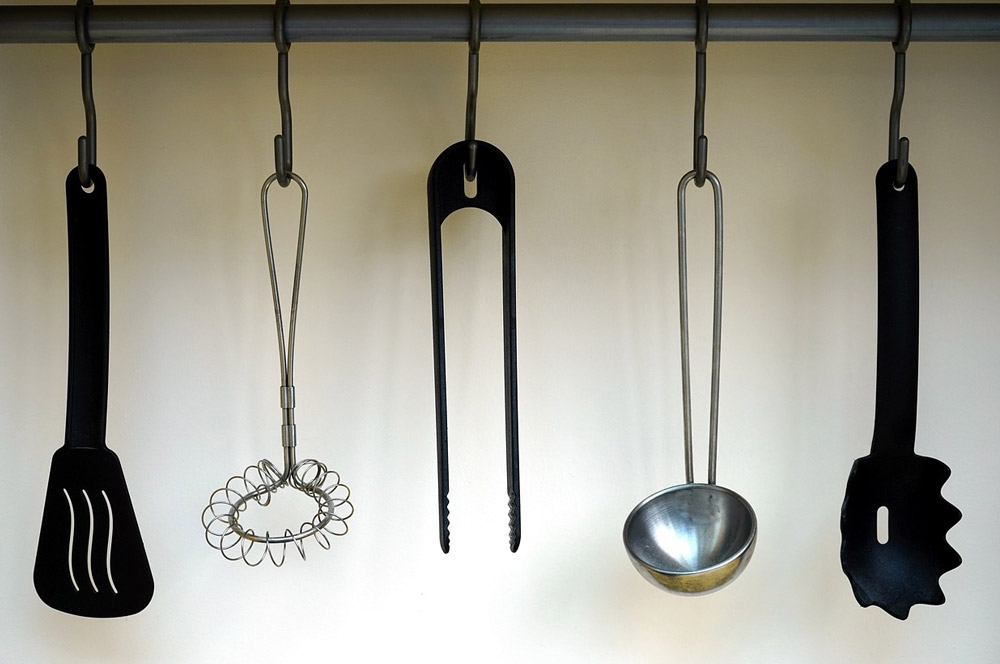Blog
Are Nylon Cooking Utensils Safe?
Cooking utensils come in a vast array of shapes and sizes, and are made out of any number of different materials. This can change everything from the price of the utensil to how well it works in the kitchen. Most people don’t want to be constantly replacing cooking utensils, so uncovering which products produce the most bang for your buck can go a long way with something used as frequently as some of these cooking items.
Nylon utensils have become one of the most popular options, but how functional are they? And will they fit in with the demands of your work in the kitchen? Knowing these limitations will help you decide if nylon cooking utensils are right for you.
Things To Consider About Nylon Cooking Utensils
Nylon has become a popular material for cooking utensils. It is widely used to make things like stirring spoons and spatulas, but can also be used for everything from ladles to custom tongs. They work great with other items like non-stick cookware and cast-iron skillets because they won’t scratch this type of cookware. Their flexibility can get into the corners of your cookware, and the rigidity make them strong enough to stir through pretty much any consistency.
However, they can only withstand temperatures up to 400°F, and may cause harmful contaminants to leak out if melted. Nylon utensils are easy to clean and take care of, and can last for a very long time, but this low heat resistance might not be suitable for every kitchen. Making sure that they’re used safely and properly can make them a great option for a variety of things.
How to Use Nylon Utensils Safely
The risks might sound daunting, but actually they’re quite small. Using nylon utensils to prepare meals can still be a safe and satisfying process. Make sure to use them only with temperatures below 400°F. There are some made specially to withstand higher temperatures, if it’s concern. It’s also important to inspect your utensils – whether they’re nylon or not. Get rid of broken or cracked utensils and replace them with new ones. If some already show signs of melting or other wear and tear, it’s important to replace those, as well.
Minimizing how long they’re exposed to high heat can can also help. Things like barbeque tongs are generally used to turn or flip food, and it’s rare that those items will reach high enough temperature to melt the utensil. If you’re unsure of the item that’s going to come in contact with the utensil, use a cooking thermometer to tell you where you’re at in relation to that 400°F threshold. If you know you’re going to be cooking at higher temperatures, the best option is to use utensils made from another material.
Nylon utensils are a versatile and inexpensive option for kitchen utensils that are found in countless homes. They’re great for a multitude of uses, but it’s important to make sure they aren’t used in any high-temperature situations. For more information on nylon utensils, their benefits and drawbacks, contact the experts at LoTech Sales today.


